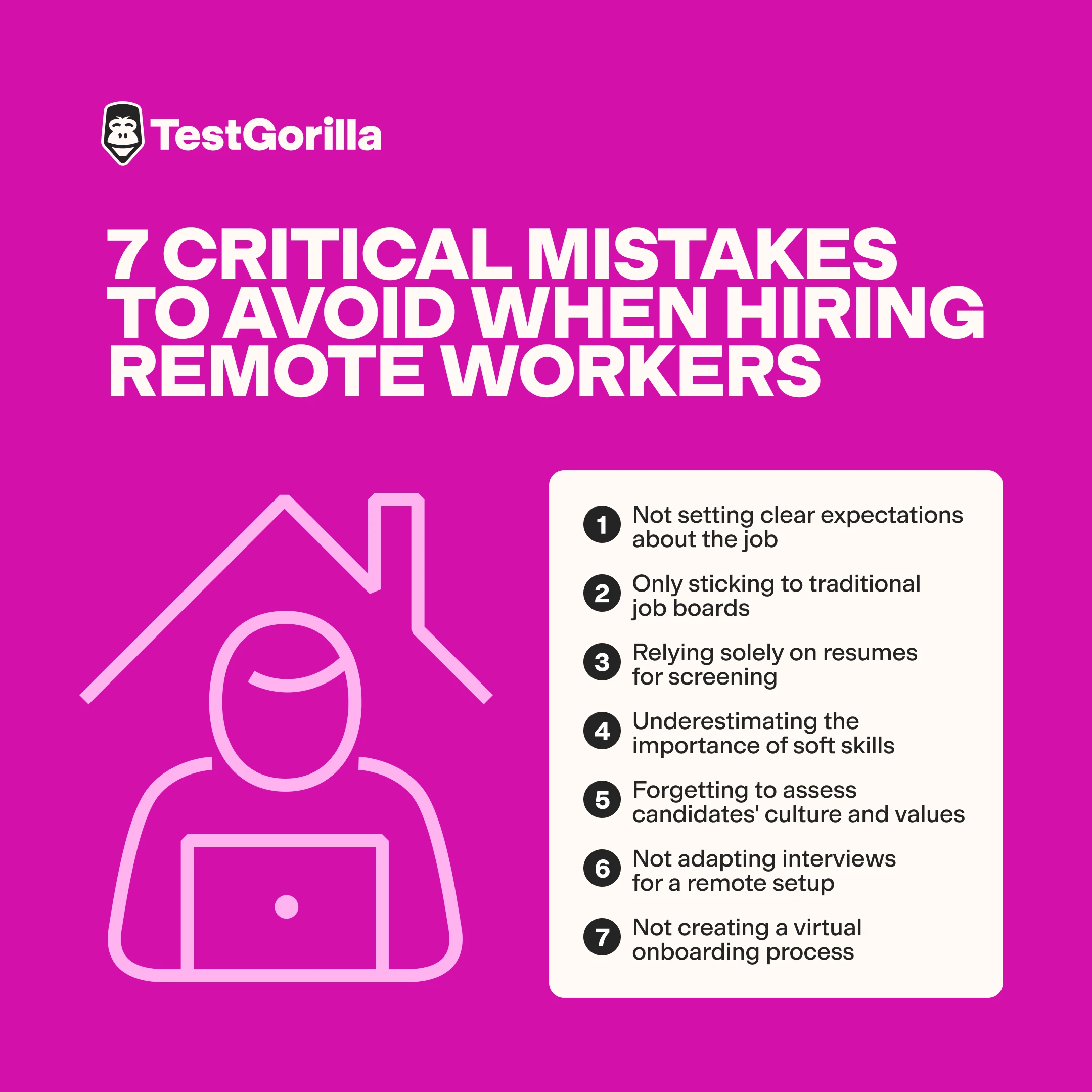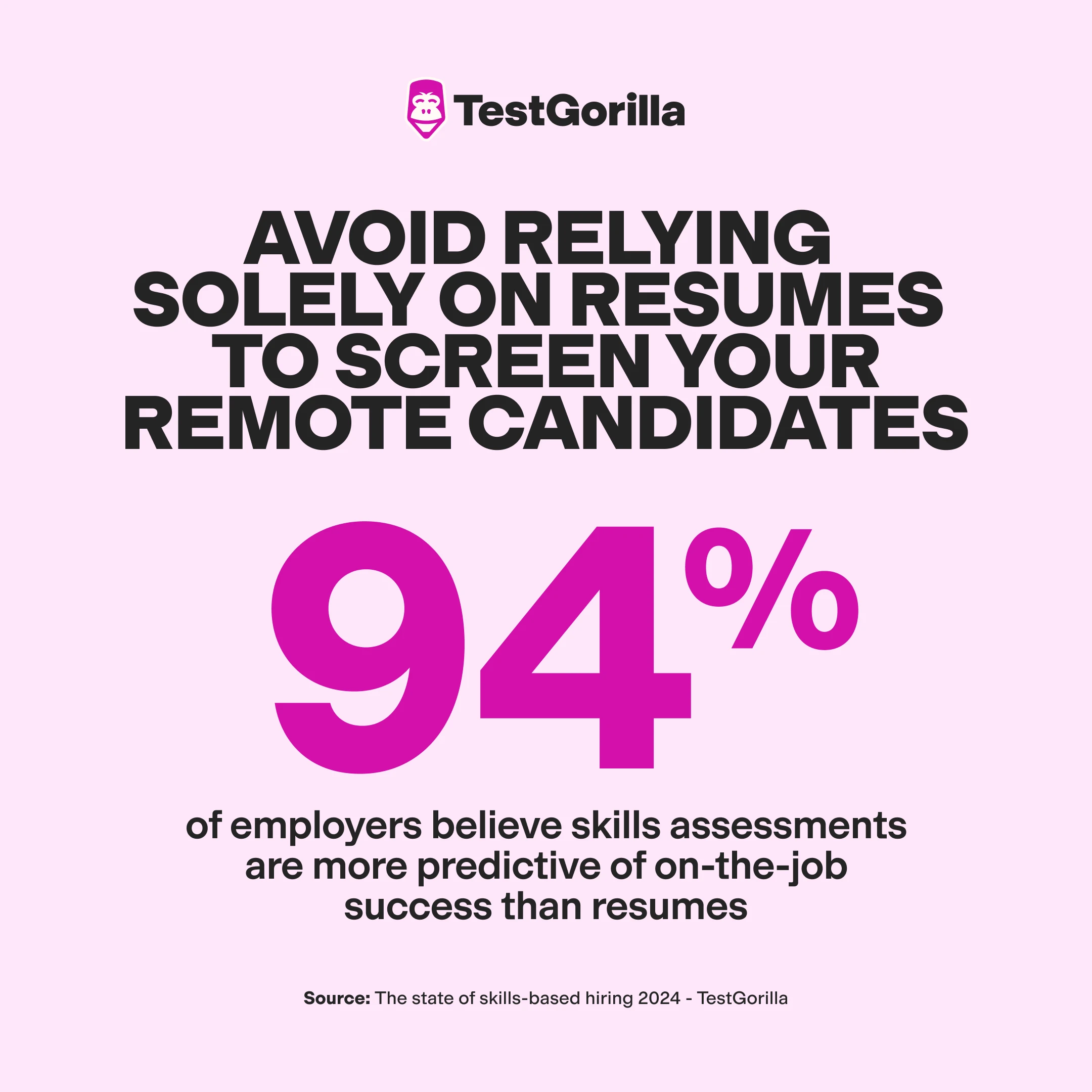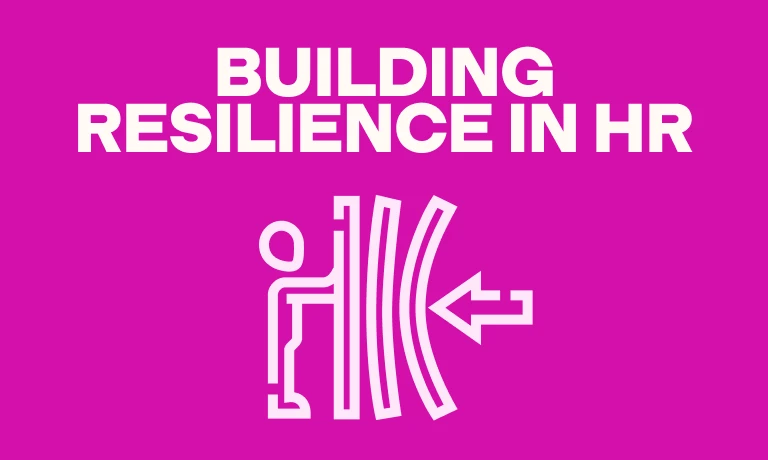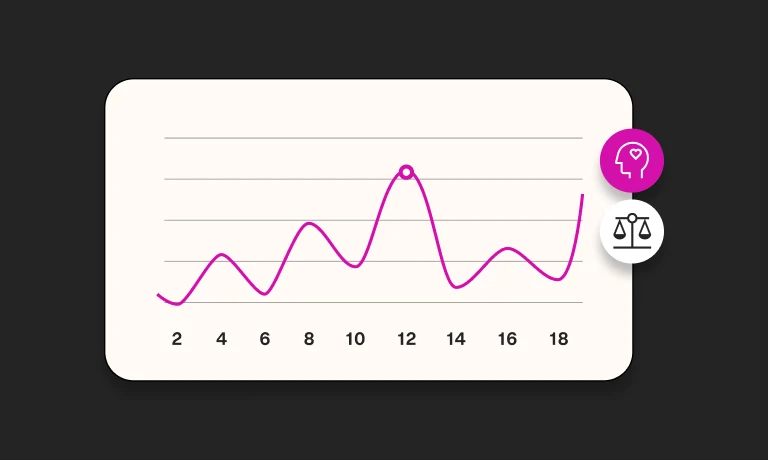Remote hiring has skyrocketed, especially after the COVID-19 pandemic. Today’s workforce seeks flexibility, including the option to work remotely from home (or anywhere), and many employers have jumped at the chance to ditch expensive office spaces, lower overheads, and access a broader, global talent pool.
That said, not all companies have found success in hiring reliable and productive remote workers. Often, this stems from flawed hiring practices that overlook the nuances of remote recruitment.
Luckily, you can avoid this.
In this article, we’ll outline seven common remote hiring mistakes and offer practical tips on what to do instead so you can hire stellar remote talent for your company.
Key takeaways
Remote hiring has many benefits, including access to a wider talent pool and reduced overheads. However, common mistakes can lead to hiring someone who doesn't fit the role or your company.
Ensure your job descriptions clearly specify remote work arrangements and role expectations and post them to remote-first job boards.
Use online assessments and one-way video interviews to accurately measure candidates' hard and soft skills, cognitive abilities, and attributes so you can make informed screening decisions without needing to meet candidates in person.
7 remote hiring mistakes to avoid
Let’s jump straight into the critical mistakes to avoid when hiring remote workers.
1. Not setting clear expectations about the job
One of the first mistakes in remote hiring is not setting clear job expectations. Surprisingly, this also includes failing to specify that the role is remote.
This ambiguity can lead to countless applications from candidates who are looking for other working arrangements, such as full-time or hybrid roles. Not only do you waste time screening more applications, but you might also mistakenly progress some of these candidates to costly and time-consuming interviews, only to find out they were never the right fit to begin with.
Additionally, employers don’t always give remote candidates an accurate picture of what’s expected of them. For instance, if you don't mention fixed working hours or the need for high-speed internet, you might attract digital nomads who don't match your requirements. This can cause significant operational hiccups when they join and lead to a bad start.
To prevent these issues, write detailed job descriptions that explicitly state whether the role is remote-first or remote-friendly.
Moreover, clarify working hours (especially if they cover different time zones), daily duties and targets, the level of autonomy expected, and how performance will be measured. This is the best way to attract candidates who are better prepared and enthusiastic about the role and set them up for success from the get-go.
Need help with writing a good job description? Check out our free job description templates for every role.
2. Only sticking to traditional job boards
Traditional job boards like LinkedIn, Monster, Indeed, etc., are widely used and attract a broad audience. But this could include many candidates who might not be looking for remote work or don’t possess the unique qualities needed for success in remote roles. By relying solely on these job boards, you could be missing out on snagging top-notch remote workers.
To avoid this, go beyond conventional platforms and tap into a richer, more diverse pool of remote applicants with the below creative sourcing strategies.
Remote-first job boards like WeWorkRemotely, Remote.co, FlexJobs, and WorkingNomads specialize in remote opportunities and attract folks who are experienced in working in remote conditions.
Skills-based job boards – for instance, TestGorilla's job board, cater specifically to remote roles and even test candidates' skills and attributes at the first point of the application process, leading to less opportunity for remote mis-hiring.
Freelance marketplaces like Upwork and Fiverr let you find highly skilled freelancers and even see their work and projects on display.
3. Relying solely on resumes for screening
Recent research shows that 87% of employers experience problems with resumes – including struggling with their accuracy, finding it hard to rank applicants, and vetting candidates’ skills. Not to mention, this is in a traditional hiring context where employers still have a chance to meet candidates in person and somewhat gauge at least their soft skills and abilities.
Remote hiring doesn’t have that privilege, so relying solely on resumes to screen your remote candidates is a big mistake. While resumes and cover letters highlight candidates' previous work experience and qualifications, they don’t tell you how skilled they truly are in the real world. Often, what’s on paper doesn’t translate to real-life performance, leading to costly mis-hiring.
The best way to overcome these challenges is with talent assessments. You can roll out online skills tests that candidates can take in their own time, saving you the hassle of coordinating across locations and time zones. Further, you can make quick and objective screening decisions rooted in data rather than assumptions.
Want to learn more about this? Read The State of Skills-Based Hiring Report, which shows that 94% of employers believe skills assessments are more predictive of on-the-job success than resumes.
4. Underestimating the importance of soft skills
Many employers – including those who adopt skills-based screening methods like tests, case studies, or simulations, often focus only on candidates’ hard skills, overlooking the critical role of soft skills in job success.
While the importance of technical prowess is undeniable, candidates in remote settings must have qualities such as good time management, strong communication, and self-motivation. Neglecting these traits can lead to hiring someone who’s great in their domain but fails to collaborate with team members or get things done on time.
To capture a more holistic view of your remote candidates’ qualities, use multi-measure testing and behavioral interviewing. Let’s look at what these are.
Multi-measure testing involves putting candidates through a set of pre-employment tests, which cover everything from hard to soft skills, cognitive abilities, and attributes. This balanced strategy gives you a well-rounded picture of each candidate’s strengths, development areas, working styles, and more so you can make informed hiring decisions and support them appropriately in their remote job.
Behavioral interviews look at candidates’ past behaviors to predict future performance. Questions about how they’ve previously collaborated in remote settings, met deadlines effectively, and resolved conflict without face-to-face interaction, etc., can provide insights into their thought processes, overall attitude, and approach to work.
Need ideas for good questions? Here are 50 behavioral interview questions to hire top candidates.
5. Forgetting to assess candidates' culture and values
Understanding a candidate’s fit with your company’s values and remote work culture is pivotal to a successful remote hire. Candidates need to be able to thrive in a setting that screams independence, minimal supervision, and comfort with less frequent human interaction.
Additionally, values like trust, conscientiousness, and transparency become even more significant when employees collaborate across different locations.
Hiring someone who doesn’t align with these aspects can lead to problems. For example, imagine selecting a candidate who only works well under close supervision. They'd most likely fail in a remote role due to feelings of isolation or disengagement.
Equally, hiring someone who values complete autonomy in a company that uses screen monitoring tools could lead to discomfort and conflict.
To avoid these challenges, incorporate culture testing into your screening process. For instance, TestGorilla’s Culture Add test lets you rank a set of values in order of importance and asks candidates to do the same so you can see where the gaps are. Additionally, personality assessments let you spot traits such as conscientiousness and independence.
You can also ask candidates hypothetical situation-based questions during behavioral interviews. For example, “Describe how you resolved a conflict with a remote colleague who had a different work approach.”
Finally, conduct reference checks with previous employers to understand how candidates have adapted to different work cultures in the past.
6. Not adapting interviews for a remote setup
Not adapting your interview process to meet the unique needs of remote hiring is another major slip-up. Traditional in-person interviewing practices don’t always translate well to a remote environment, leading to ineffective recruitment decisions.
Here are some traditional interview practices and how to adapt them for a remote setting.
Traditional interview technique | Remote interview adaptation |
Coordinating interview and interviewee schedules to conduct two-way screening calls or face-to-face interviews even in the earlier stages of the process. | With candidates in different locations – and often in different timezones – avoid the hassle of scheduling live calls or paying travel costs for face-to-face interviews. Instead, opt for one-way video interviews that candidates can complete in their own time, and you can assess at your convenience. This is a great tool for assessing candidates in the early stages of the hiring process. |
Relying on face-to-face interviews to assess candidates’ communication skills, presentability, and overall demeanor.
| Remote interviews don’t present the opportunity to interact with candidates in person, and video interviews are prone to biases, such as judging candidates on their home environment or the quality of their video setup, which have nothing to do with job performance. To mitigate these issues, have a fixed set of assessment criteria for your video interviews. This can include rating candidates’ verbal communication skills, interpersonal abilities, and presentation skills. |
While not ideal and often bias-laden, traditional in-person interviews often allow for longer, more unstructured conversations, letting interviewers build a rapport and get to know candidates.
| Remote interviews – for instance, on Zoom or other platforms – are more focused in nature. You need to cover all the key topics within a specific timeframe, leaving little room for going off on tangents. That’s why it's best to use structured interviews with fixed question sets when interviewing remotely. Not only does this keep conversations on track, but it also reduces hiring biases by using the same questions for all candidates. |
7. Not creating a virtual onboarding process
Traditional onboarding processes are often built for on-site jobs. Physical office orientations, work shadowing, coffees with buddies, and welcome lunches don’t translate to remote onboarding.
Unfortunately, instead of creating a good virtual onboarding program, many employers just skip these onboarding elements altogether. This makes it harder for remote workers to integrate into their teams, learn their jobs, and feel part of the company when they start. It sets them off on the wrong foot and increases the time they take to contribute to company goals.
You can avoid this pitfall by adapting your onboarding practices to suit remote environments.
Here are some ways to do this:
Build a digital onboarding kit with all the necessary guides and documents new joiners need – for instance, the employee handbook, company policies, etc.
Organize a virtual office tour to walk employees through your systems and drives.
Host online team-building activities, virtual coffee chats, and other social events to help new joiners build connections with their team members.
Pair the new hire with a more experienced mentor or buddy, and schedule video meetings for them to meet regularly for the first six months.
Land the best remote talent with TestGorilla's skills assessments
Recruiting remotely is on the rise. Not only does it offer employers access to a global talent pool, but it also opens up opportunities to find multi-skilled people who can serve the business from anywhere. However, hiring in a remote setting can be tricky, and a single mistake can lead to selecting the wrong person for the job.
To avoid this, write detailed job descriptions that clearly specify the remote working arrangement and post them to remote job boards and freelance marketplaces.
Additionally, use TestGorilla's online talent assessments and one-way video interviews to screen candidates quickly and objectively, all while vetting their hard and soft skills, cognitive abilities, and behavioral traits. Finally, avoid skimping on your remote onboarding process to ensure you not only hire the right people but also give them a great start in your organization.
Sign up for a free account with TestGorilla or schedule a live demo today.
The best insights on HR and recruitment, delivered to your inbox.
Biweekly updates. No spam. Unsubscribe any time.
Related posts
You've scrolled this far
Why not try TestGorilla for free, and see what happens when you put skills first.
















